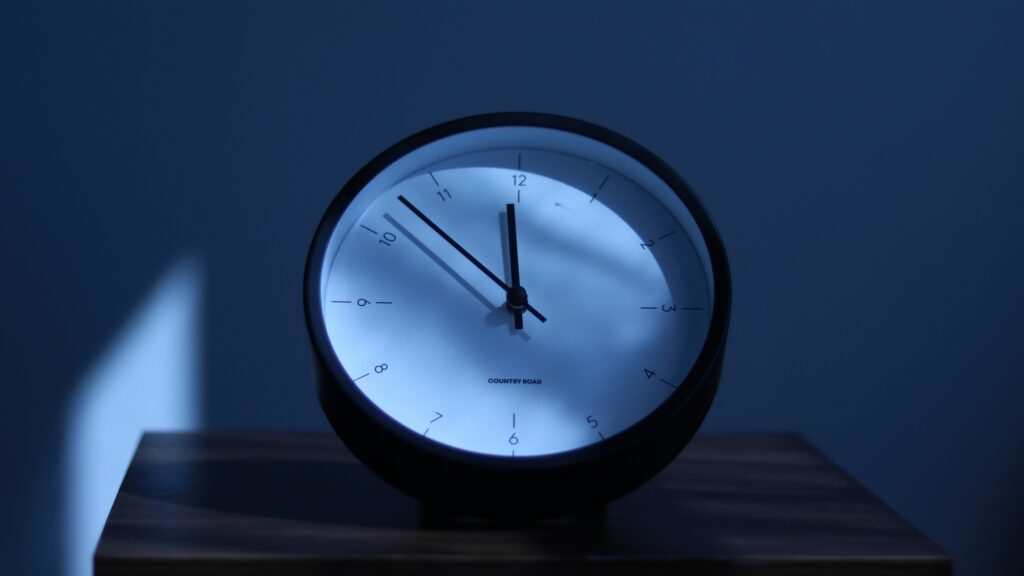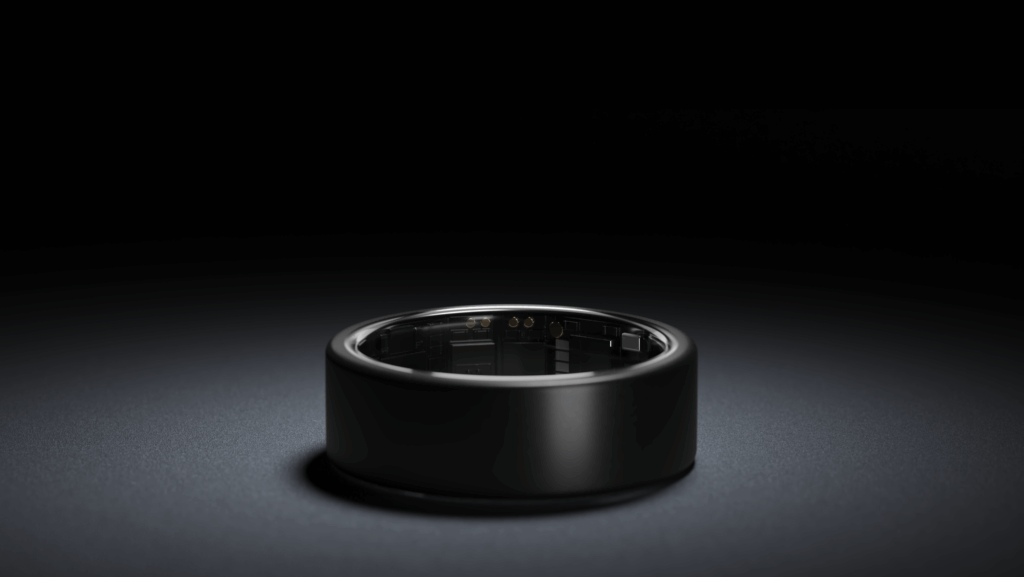Within Health and Ultrahuman
Eating disorders have the highest mortality rates for any mental illness 1, affecting approximately 9% of the population in the USA in their lifetime, according to Statistica.com, or roughly 30 million people in the United States alone. According to Statistica.com, or roughly 30 million people in the United States alone 2. Eating disorders can have both physiological and psychological consequences on the individuals suffering from them. The complexity of eating disorders can have short and long-term impacts on not only the individual but those around them. Apart from the loss in productivity, the physiology of the condition wreaks havoc on a person’s metabolism while actively engaging in eating disorder behaviors. The residual impact can also complicate the after treatment and rehabilitation process. For instance, a 2019 study showed that weight restored women with Anorexia seem to display insulin resistance and higher glucose levels in an OGTT test 3. These features remain latent and do not become overt, but nevertheless point to the fact that inflammation is still high. Many grapple daily with managing diabetes and binge eating at the same time 4 .
Challenges in Treatment and the Potential of Remote Monitoring
The journey to recovery from an eating disorder is met with many challenges, requiring an extensive support team and participation from the patient. Traditional self-reporting methods can be challenging for the care team and the patient. The process of treatment is already an intense experience, and asking the patient to self-report in addition to participating in their treatment program can exacerbate anxiety and lead to avoidance or inaccurate data. Causing the care teams to be misinformed about the patient’s progress.
However, there are solutions for collecting data without interfering with the patient’s treatment process. Advancements in telehealth are already showing promising results in reducing symptoms and improving long-term outcomes for eating disorder patients. By increasing exposure to therapies and meeting the patients where they are. The challenge remains in obtaining consistent physiological data, which is critical for ongoing clinical management in treatment and can aid in anticipating emergencies such as hypoglycemic episodes and monitoring recovery metrics like weight restoration and sleep quality.
Integrating Wearables in Remote Treatment Programs
Wearable biosensors have revolutionized diabetes mellitus management and brought awareness of heart rate arrhythmias in daily life for millions 5,6. The cumulative data stream provided by wearable, coupled with sophisticated algorithms used to predict tangible trends, enhances the precision with which long-term care can be delivered. Wearables can transform structured remote treatment programs, as we have seen through our collaboration with Within Health, an intentional remote eating disorder treatment program offering Intensive Outpatient Programs (IOPs) and Partial Hospitalization Programs (PHPs) levels of care. These programs offer multiple hours of therapy, supported meals, and regular check-ins with trained staff. Remote care provides a framework where wearables can continuously monitor vital signs and other health metrics in real-time.
For example, Ultrahuman’s technology, including the Ring AIR device (world’s lightest sleep tracker) and M1 continuous glucose monitoring platform, are currently being utilized in partnership with Within Health to enhance its IOP and PHP programs. By offering continuous remote monitoring, the suite of wearables support the clinical team in accessing latent connections in the patient’s physiology that enables making informed decisions quickly and efficiently. Many times these are subtle tweaks that lead to a large tangible outcome and ultimately safeguards the patient’s health during the critical recovery phase.
Conclusion
The collaboration between Ultrahuman and Within Health exemplifies the innovative approach to expand a virtual clinic’s Remote Patient Monitoring program by enabling continuous tracking and unlocking deep insights for conditions that relate very uniquely to both mental & metabolic health. By enabling real-time accurate health monitoring, these tools assist in clinical management and empower patients to regain control over their health in a supportive, non-invasive manner. As we continue to explore the capabilities of such technologies, the potential to improve access to care and achieve better long-term outcomes becomes increasingly apparent, marking a significant step forward in the treatment of complex mental health conditions like eating disorders. Ultrahuman looks forward to pursuing its collaboration with Within Health and its clinicians to further the impact of monitoring eating disorders & informing care with the power of biomarker data.
To learn more about Within Health’s programs, click here.
References
1- National Association of Anorexia Nervosa and Associated Disorders website. Accessed on 3rd May 2024
2-https://www.statista.com/topics/7846/eating-disorders-in-the-us/#topicOverview
3-Kim Y, Hildebrandt T, Mayer LES. Differential glucose metabolism in weight restored women with anorexia nervosa. Psychoneuroendocrinology. 2019 110:104404. doi: 10.1016/j.psyneuen.2019.104404. PMID: 31541915.
4- Salvia MG, Ritholz MD, Craigen KLE, Quatromoni PA. Managing type 2 diabetes or prediabetes and binge eating disorder: a qualitative study of patients’ perceptions and lived experiences. J Eat Disord. 2022 Oct 12;10(1):148. doi: 10.1186/s40337-022-00666-y. PMID: 36221145.
5-Saha T, Del Caño R, Mahato K, De la Paz E, Chen C, Ding S, Yin L, Wang J. Wearable Electrochemical Glucose Sensors in Diabetes Management: A Comprehensive Review. Chem Rev. 2023 Jun 28;123(12):7854-7889. doi: 10.1021/acs.chemrev.3c00078. Epub 2023 May 30. PMID: 37253224.
6-Sana F, Isselbacher EM, Singh JP, Heist EK, Pathik B, Armoundas AA. Wearable Devices for Ambulatory Cardiac Monitoring: JACC State-of-the-Art Review. J Am Coll Cardiol. 2020 Apr 7;75(13):1582-1592. doi: 10.1016/j.jacc.2020.01.046. PMID: 32241375; PMCID: PMC7316129.







